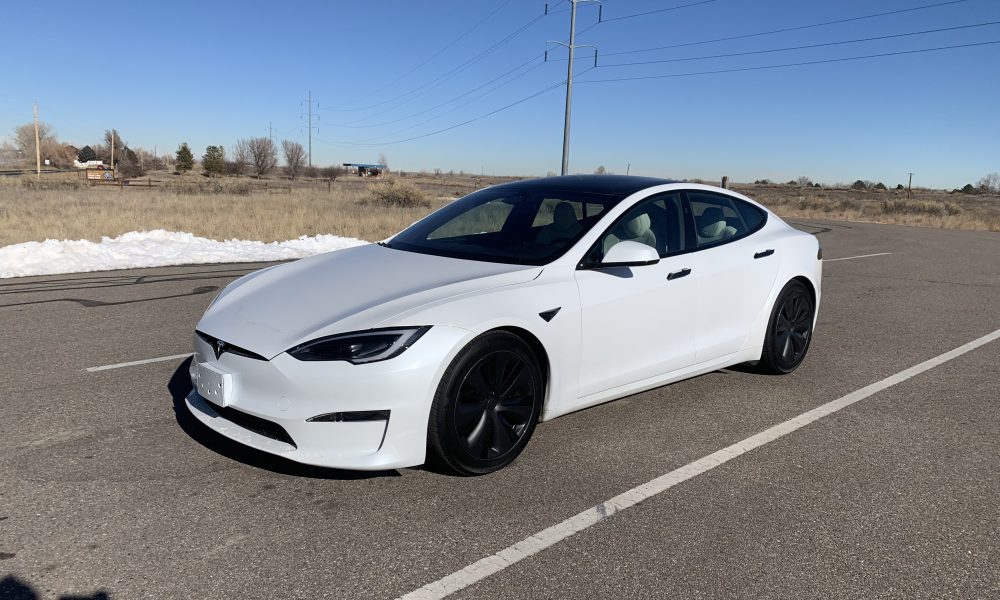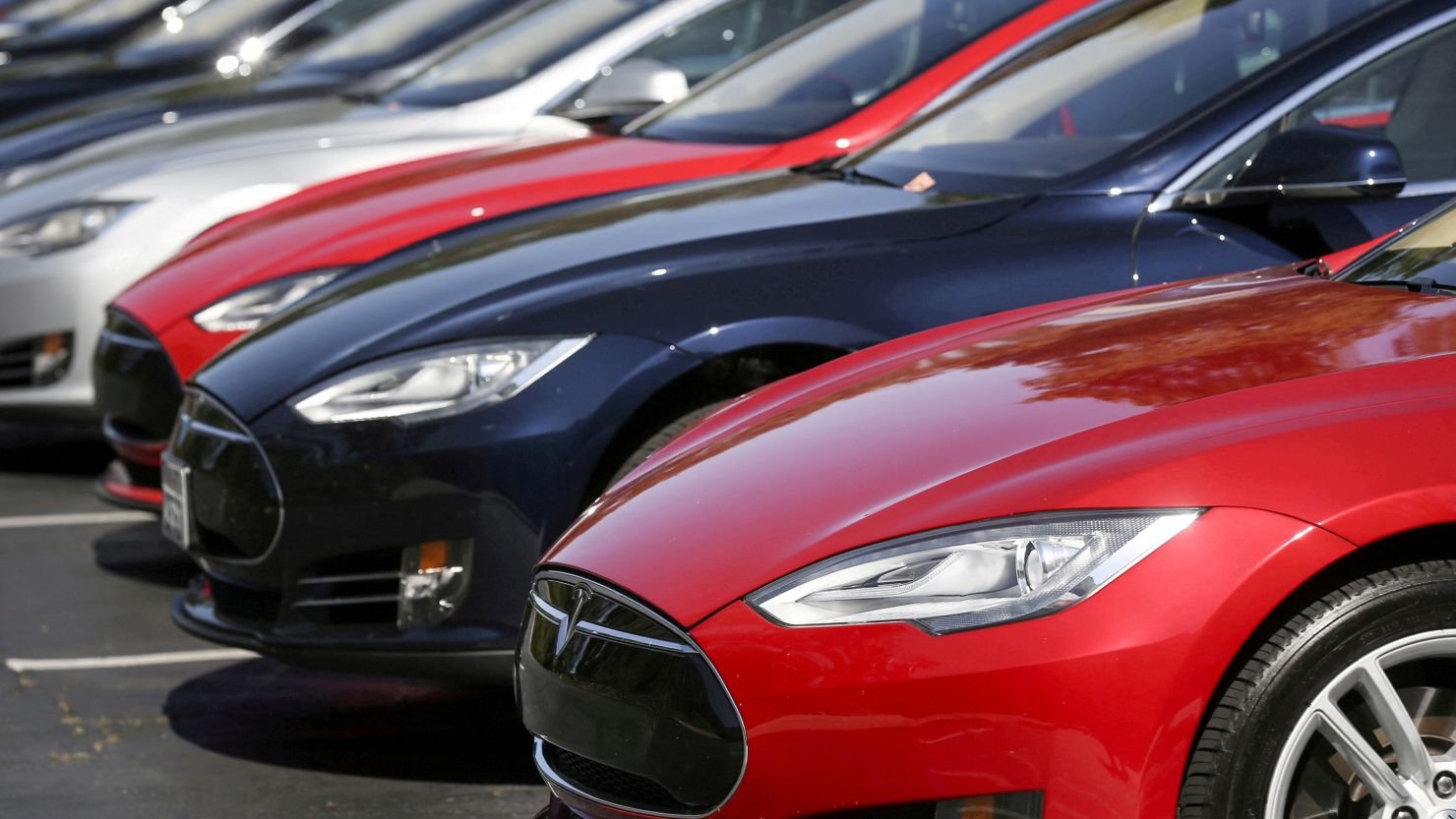Introduction
Tesla is leading the charge in transforming the transportation industry with full self-driving vehicles. One of the more famous features is Full Self Driving Supervised which seeks to extend automation while reigniting the importance of human supervision. What does this system truly mean, and how different is it from Tesla Autopilot? Understanding this change is important as much as a driver and for the still-developing world of AI in transport.
What Is Full Self Driving Supervised?
Tesla Advanced Driver Assistance System (ADAS) has self-driving features with human supervision, it is known as Full Self Driving Supervised (FSD Supervised). It allows the vehicle to carry out specific driving activities, like changing lanes, recognizing traffic signals, navigating through cities, and driving on highways, all with the driver’s supervision.
To decide driving actions, this system employs real-time data, cameras, and neural networks. However, the “supervised” part is very important: the driver needs to stay attentive, with hands on the steering wheel, and positioned to reclaim control at any moment. This drone technology can only be used legally and safely in specific environments because of the controlled supervision conditions.
Tesla Autopilot vs Full Self Driving: Key Differences
An important comparison in Tesla’s autonomy features involves looking at Tesla Autopilot vs Full Self Driving Supervised.
Tesla Autopilot:
- Provides basic functionalities as a driver aid
- Features an adaptive lane cruise and lane keeping
- Best suited for highways
Narrow range of automation and level of sophistication
Full Self-Driving Supervised:
- Allows for navigation on city roads
- Ability to stop at traffic lights and stop signs
- Executes complex turns, roundabouts and other maneuvers
- Improves from real-world driving data more and more over time
- Requires constant driver attention
Differences are highlighted in the level of automation. While FSD Supervised is advancing towards mimicking human judgement FSD is still a helpful assistant for long highway drives.

Why Full Self-Driving Supervised Matters
The development of supervised self-driving brings many consequences, not only for users, but also for various industries and economies. The reason this innovation matters so much is,
-
AI And Human Supervision Safety
By engaging the driver, Full Self Driving Supervised mitigates the potential dangers that can arise from completely autonomous systems. Advanced AI algorithms, while still needing some human interaction, can faster deal with analyzing road conditions, predicting vehicle movements and responding to various actions.
-
Better Learning Incremental Autonomy
FSD Supervised helps Tesla systems increase the data they collect to enhance their machine learning by gradually letting them automate the data collection process. The endless positive feedback loop makes performance better for the system while making it easier to advance in unsupervised autonomy in the future.
-
Economic Reformation
In self-driving technology businesses like Switzerland, Full Self Driving Supervised is likely to revolutionize small enterprises. The autonomous delivery system and AI powered smart logistics can also cut back expenses while enhancing productivity.
-
Comfort And Convenience For The Driver
Congested city street navigation or long commutes become easier with FSD Supervised. This is particularly useful for long haul drivers and will enhance the overall experience while reducing fatigue.
The Role of AI in Full Self Driving Supervised
AI powers FSD Supervised. Millions of real-world data miles inform deep neural networks at Tesla’s system, allowing constant adaptation and improvement. This system’s growing accuracy hinges on recognizing traffic signs, predicting pedestrian actions, and navigating complex driving scenarios.
This capability not only improves safety on the roads but also shows how intelligent systems are becoming part of daily life in Switzerland and other countries, including transport, logistics, and urban planning.
Turning the Wheel Forward: Future Expectations on Self Driving Technology
Full Self Driving Supervised marks great progress, but it’s a starting point. Vehicles may one day be fully autonomous and unsupervised, but until then, supervised systems strike a thoughtful balance between safety and innovation.
Self-driving technology will likely gain traction with advancement in regulations and technologies; smart cities and AI mobility services will integrate them first. Systems like FSD Supervised set the foundations needed to enable these possibilities.
Conclusion
Full Self Driving Supervised is not just another ordinary feature; it’s a significant step toward redefining mobility. Understanding the difference between Tesla Autopilot vs Full Self Driving helps drivers and businesses appreciate the deeper shifts automation is bringing into transportation, safety, efficiency, and intelligence.
As AI innovations reshape industries in Switzerland and the rest of the world, proactively adapting to change will be essential for remaining competitive. The future of driving is here: smart, supervised, and AI-powered.
FAQs
-
What is the main difference between Full Self-Driving Supervised and Tesla Autopilot?
The main difference between Full Self Driving Supervised and Tesla Autopilot lie within each system’s depth and layering complexity. Autopilot manages basic lane keeping and adaptive cruise features, while more advanced Full Self Driving Supervised can navigate through city streets and stop at traffic signals, both systems need driver supervision.
-
Is Full Self Driving Supervised fully autonomous?
No. Full Self Driving Supervised does not mean the vehicle can drive itself without human assistance. Drivers are still the foremost required to remain vigilant, attentive, and capable of intervention at any moment. Supervised always remains the operative term here.
-
In what ways does Full Self Driving Supervised bolster safety?
Safety is strengthened with human oversight supervision because AI technology makes decisions faster and evaluates the environment better while the human driver adds another layer of judgment.
-
Would this new technology be useful to small businesses?
Definitely. In countries that are advanced in AI like Switzerland, small business operations profit from less expensive transport, delivery, and logistics services with Full Self Driving Supervised increasing efficiency, productivity, and cost-control within the small business operations.
Visit our Pinterest profile to get more updates and tips!

